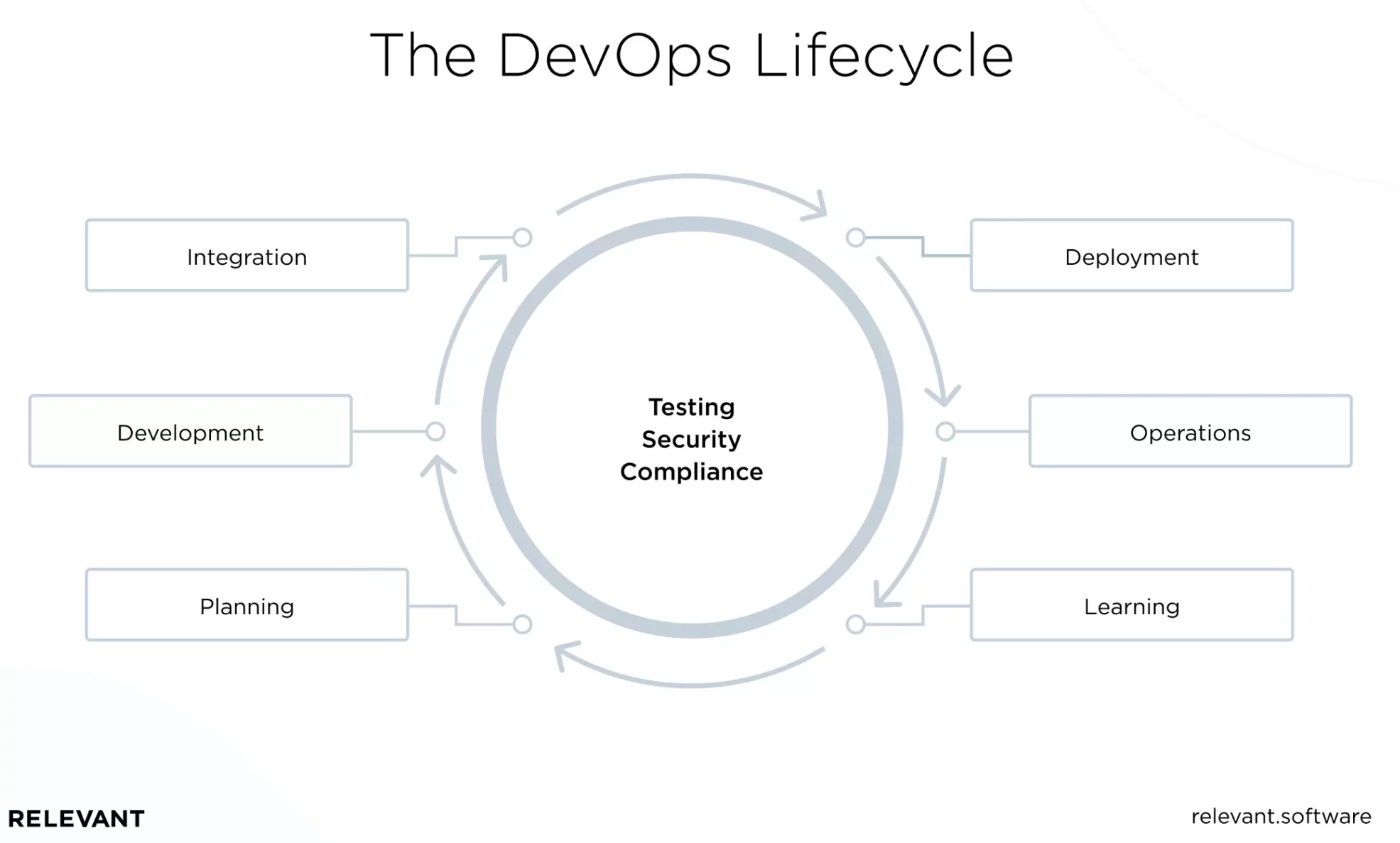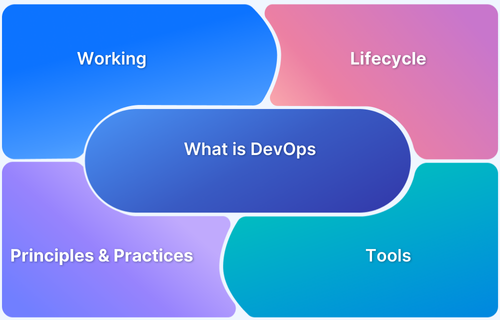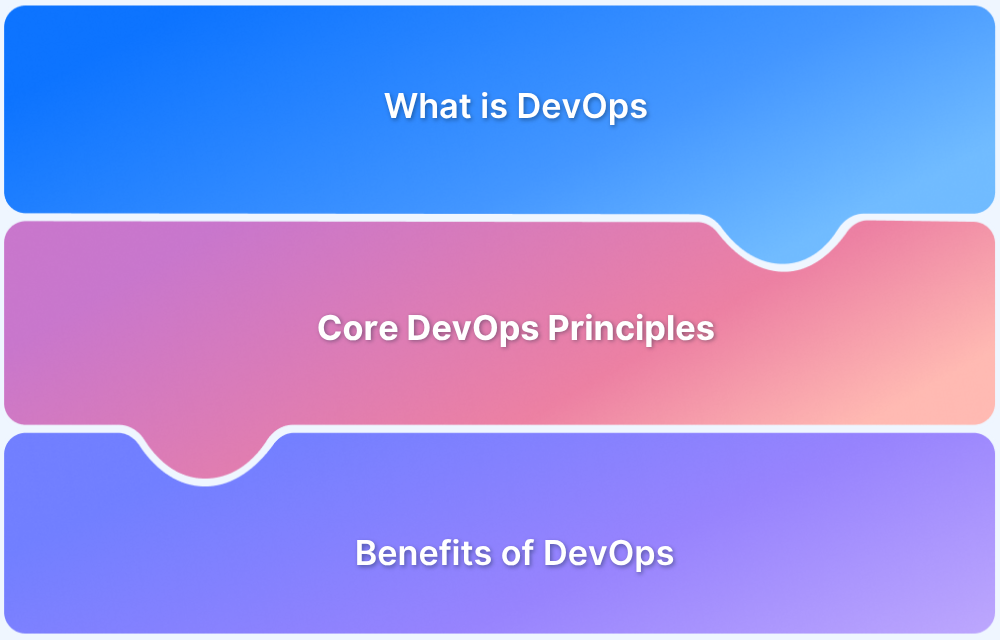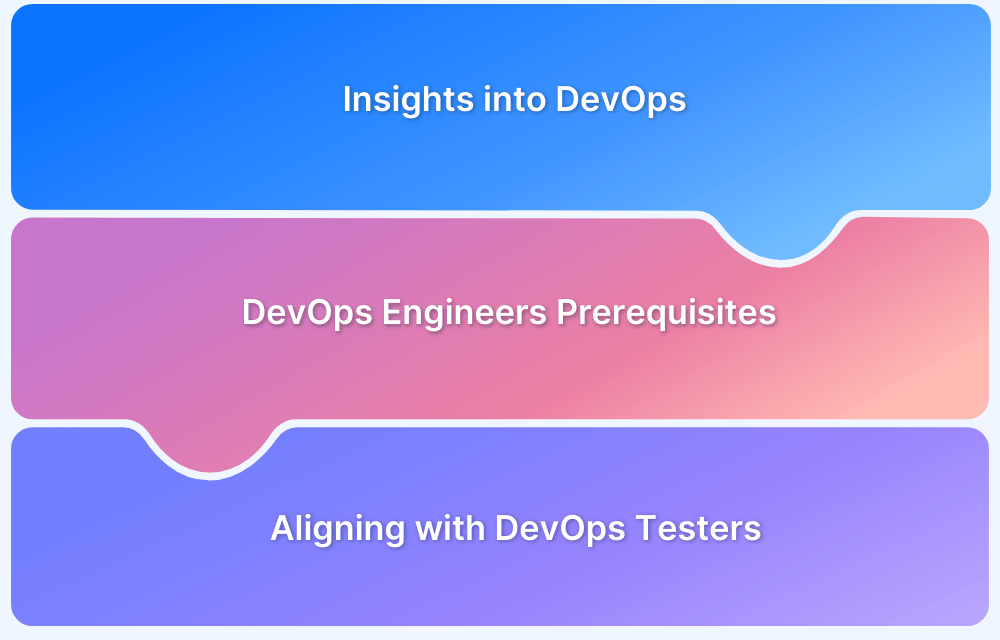DevOps helps SaaS companies streamline development, improve deployment efficiency, and ensure reliable software delivery. Automation and enhanced collaboration enable teams to build, test, and release updates faster.
Overview
Benefits of DevOps for SaaS
- Faster and more reliable releases: CI/CD and automated testing shorten release cycles and enhance software quality.
- Improved scalability and performance: Infrastructure as Code (IaC) enables efficient scaling while performance monitoring maintains optimal responsiveness.
- Stronger security and compliance: Security checks integrate early in development, and automated compliance enforcement reduces risks.
- Faster issue resolution: Proactive monitoring identifies and resolves issues before they impact users, while log management aids debugging.
- Better collaboration and efficiency: Effective communication between development and operations speeds up issue resolution and ensures smoother deployments.
- Cost optimization and resource efficiency: Automated workflows and cloud-based infrastructure lower operational costs and maximize resource utilization.
- Enhanced customer experience: Faster deployments, fewer outages, and continuous improvements deliver a smooth and reliable user experience.
This article explains the benefits of DevOps for SaaS companies, when and how to implement DevOps and best practices.
How Can SaaS Teams Use DevOps?
DevOps, or the combination of development (Dev) and operations (Ops), is an organisational strategy that accelerates application development and simplifies deployment maintenance. This paradigm combines not just development and operations (DevOps), but also quality assurance (QAOps), security (DevSecOps), processes, and tools.
One of his articles, Robert Stroud, has remarked that DevOps is all about “fueling corporate transformation.”
Using specialist software solutions to implement DevOps methods is the only way to improve production without sacrificing quality. This set of principles and procedures enables businesses to continually produce services or products, hence reducing the software development lifecycle.
Conceptually, DevOps is a community of practice devoted to the study of building, developing, and operating flexible and agile systems of any size. DevOps took the emphasis on quality and service from Lean and Agile.
To incorporate DevOps automation into the strategy for an enterprise SaaS service, teams must:
- Realign the software development architecture and process: Assess the organisation’s architecture and practices. To realise continuous integration and delivery, ensure that your application and process are built in accordance with DevOps.
Consider microservices, which are autonomous yet interdependent functional blocks that make up the app as a whole. Also, commit to compiling the code frequently and early; do not save integration till the end of the waterfall. - Plan out deployment: To increase deployment speed and make continuous delivery a reality, teams must sketch out every stage of the deployment process. Whenever possible, identify inconsistencies and standardise the development procedure.
- Automate deployment: Once the teams have laid out and standardised the deployment process, automate delivery to the point where anyone in the organisation can push a button to distribute code.
- Automation of testing: Automate the testing process to avoid bugs from slipping through the gaps and make rollbacks easier. Get the team on board with new testing standards to plug every figurative hole.
- Alerting: Monitor each step of deployment with automated alerts that tell the team in real-time if something goes wrong.
- Enhance feedback loops: When the staff becomes accustomed to hearing and responding to alerts, tighten feedback loops to accelerate problem resolution.
When Should SaaS companies adopt DevOps
SaaS companies can adopt DevOps at different stages in their project lifecycle, depending on their goals and existing workflows.
While Starting a Project
While planning future features, a DevOps specialist can help define the technological stack and architecture of a SaaS product during Sprint Zero. Here are a few ways it can help.
- Select the right tech stack for scalability and performance
- Design an efficient CI/CD pipeline for streamlined deployments
- Establish infrastructure as code (IaC) for consistency
- Implement security and compliance measures from the start
- Set up automated testing to catch issues early
- Define monitoring and logging strategies for better observability
During a current project
SaaS companies often introduce DevOps during a project when they encounter scaling issues, inefficient deployments, or security risks. At this stage, implementing DevOps can:
- Speed up deployments with CI/CD
- Improve scalability with infrastructure as code (IaC)
- Enhance security and compliance
- Automate testing for stability
- Strengthen monitoring and log management
Benefits of implementing DevOps for SaaS companies
The great majority of IT businesses, startups, and multinationals use DevOps SaaS platforms to address the ever-increasing demand for software and applications. Amazon, Etsy, Netflix, and Facebook have all successfully implemented DevOps techniques.
The objective of DevOps transformation is to enable businesses to create environments for their products that are more reliable in less time.
Compared to low-performing peers or those who are still hesitant about embracing DevOps, high-performing DevOps teams exhibit superior performance.
- They tend to deploy code 46 times more frequently.
- Decrease lead time from commitment to deployment by 440 times;
- recover from outage 96 times faster;
- and have a fivefold lower failure rate when replacing (the probability of failing changes is one-fifth as high).
DevOps can eliminate the majority of software development delays. Developers are able to respond to business needs in near real-time. They no longer have to choose between speed (frequency of deployment; time to market) and product stability. Using proper DevOps SaaS best practices, the DevOps paradigm expects that both parameters are maintained at a high level.
There are three distinct classes of benefits:
Technological benefits
- A quicker resolution to the issues
- Hastens efforts to reduce human errors
- Less difficult project management process
- Streamlined product life cycle with uninterrupted supply
Cultural benefits
- Motivated, productive, and contented groups
- qualified personnel for specific responsibilities
- Enhanced chances for professional growth and interdepartmental knowledge sharing
Business benefits
- Quicker time to market for new capabilities or merchandise
- A more resilient and stable operational environment More interagency cooperation and communication
- Introducing innovations and developing new customer features.
Best Practices for implementing DevOps in SaaS
Here are some best practices to follow when implementing DevOps in SaaS.
1. Implement a culture of collaboration
DevOps’ purpose is to eliminate silos and enhance cooperation across the development, operations, and quality assurance teams. This level of cooperation needs a shift in the attitude and mentality of the entire development team, as well as a clear understanding of the overarching target and set of objectives.
In DevOps, all team members are responsible for development and operations, independent of their respective positions. This enables leaders to expedite software development and delivery to clients.
2. Customer satisfaction orientation
Whether employing the traditional waterfall model or the entire DevOps methodology, the objective is to match customer expectations, which requires frequent updates and speedy delivery of new features. DevOps simplifies the release process. Because the same individuals write the code and manage the releases, it becomes easier to introduce new features to the client.
3. Agile and Scrum integration
The adaptable nature of discrete iterative development steps works well with the DevOps methodology, resulting in deployments that are even quicker. By merging DevOps and Agile, businesses may deliver core functionality with seamless integration of customer feedback, and reviews. Instead of wasting time designing features that may not be necessary, teams can repeat them as needed.
Read More: DevOps vs Scrum: Key Differences
4. Adopt TDD
Before writing the actual code, software engineers must first develop automated tests. With Test Driven Development (TDD), software developers adhere to a brief development cycle:
- Create a specification-compliant failed automatic test scenario.
- Ensure that the test fails
- Write the minimum amount of code necessary to pass the exam.
- Reengineer the code
- Continue the cycle
TDD significantly minimise the chance of software mistakes associated with each release, allowing businesses to swiftly deploy the product.
Automated testing reduces the workload involved with manually executing tests through the use of specialised software to coordinate test execution, compare results, and expedite difficult operations with ease.
5. Use Microservice architecture as the default for SaaS
While monolith architecture remains the preferred mode for many enterprise-grade software products, microservices architecture is essential for the creation of SaaS DevOps products. Testing Strategies for Monolithic vs Microservices architecture differ significantly. Loose coupling of services expedites the growth of potentially enormous products with scalability goals — with fewer resources and downtime.
For SaaS systems, the transition to microservices from monoliths is unstoppable. These products service millions of customers and cannot afford downtime; therefore, they demand simple scalability and multiregional and multi currency payment systems.
6. Continuous Performance monitoring
Continuous monitoring of performance is one of the most effective DevOps approaches. Only by monitoring accurate performance measures, such as lead time, the average time to discovery, and problem severity, can the effectiveness of a DevOps methodology be determined.
Monitoring these indicators is also beneficial because it enables you to identify when something goes wrong. The DevOps tracking KPIs will rely on the organisation’s objectives and expectations. Some indicators, such as unit cost, are useful for any engineering team since they correlate with profitability.
Read More : What is Continuous Monitoring in DevOps?
Conclusion
Implementing DevOps in SaaS streamlines the project lifecycle, enhances security, and improves scalability. From the early stages of a project to ongoing development, DevOps practices like automation, CI/CD, and infrastructure as code help teams deliver faster and more reliably.
Regardless of when SaaS enterprises adopt DevOps, using real-device testing platforms like BrowserStack Automate improves CI/CD testing strategies. BrowserStack integrates directly into developers’ pipelines, allowing agile teams to scale efficiently.
It integrates with various CI/CD tools, including Jira, Jenkins, TeamCity, and Travis CI, to make DevOps implementation more efficient. Additionally, built-in debugging tools help testers identify and resolve issues quickly and ensure faster, more reliable deployments.







